Home>Furniture & Design>Outdoor Furniture>What Kind Of Paint To Use On Outdoor Furniture
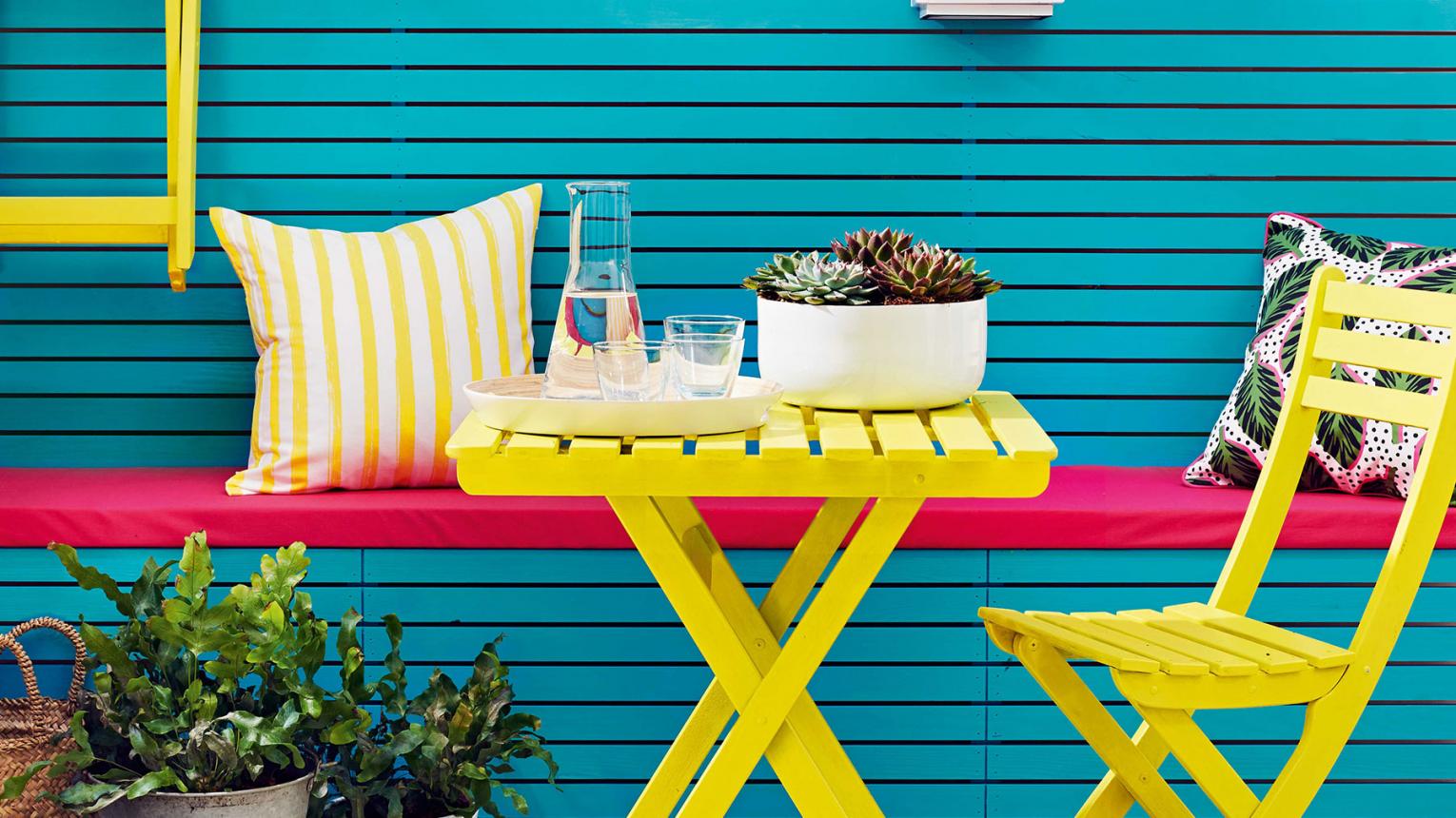

Outdoor Furniture
What Kind Of Paint To Use On Outdoor Furniture
Modified: January 18, 2024
Discover the best type of paint for outdoor furniture to ensure long-lasting protection and a beautiful finish. Explore our expert tips for outdoor furniture design and maintenance.
(Many of the links in this article redirect to a specific reviewed product. Your purchase of these products through affiliate links helps to generate commission for Storables.com, at no extra cost. Learn more)
Introduction
When it comes to outdoor furniture, a fresh coat of paint can breathe new life into weather-worn pieces, transforming your outdoor space into a vibrant and inviting retreat. However, choosing the right type of paint for your outdoor furniture is crucial to ensure longevity and durability in the face of the elements. In this comprehensive guide, we will explore the various types of paint suitable for outdoor furniture, delve into the essential considerations before taking on a painting project, and provide valuable insights on surface preparation, application techniques, and maintenance. Whether you have a wooden bench, metal table, or plastic chair, understanding the nuances of outdoor furniture paint will empower you to revitalize your outdoor oasis with confidence. So, let's embark on this colorful journey and unlock the secrets to preserving and beautifying your outdoor furniture!
Key Takeaways:
- Choose the right paint type for your outdoor furniture based on material and environmental exposure to ensure a durable and long-lasting finish that withstands the elements.
- Proper surface preparation, application techniques, and regular maintenance are essential for preserving the beauty and resilience of painted outdoor furniture, creating a vibrant and inviting outdoor oasis.
Types of Paint for Outdoor Furniture
Choosing the right type of paint for your outdoor furniture is essential for achieving a stunning finish that can withstand the rigors of outdoor exposure. Here are some of the most common types of paint suitable for outdoor furniture:
- Oil-Based Paint: Known for its exceptional durability and weather resistance, oil-based paint is an excellent choice for outdoor furniture, especially pieces made of wood or metal. It forms a tough, protective coating that can withstand moisture, UV rays, and temperature fluctuations, making it ideal for outdoor use. However, it’s important to note that oil-based paint requires longer drying times and proper ventilation during application.
- Latex Paint: Renowned for its ease of use and quick drying properties, latex paint is a popular option for outdoor furniture, particularly wooden pieces. It offers good resistance to fading and cracking, providing a durable finish that can endure outdoor conditions. Additionally, latex paint is available in a wide range of colors, allowing for versatile customization to suit your outdoor decor.
- Acrylic Paint: Offering a balance of durability and flexibility, acrylic paint is well-suited for various outdoor furniture materials, including wood, metal, and plastic. It adheres well to different surfaces, resists fading, and maintains its vibrant color over time, making it a reliable choice for outdoor applications. Moreover, acrylic paint dries quickly and emits minimal odor, enhancing the painting experience.
- Spray Paint: Ideal for intricate designs and hard-to-reach areas, spray paint provides a convenient and efficient way to revitalize outdoor furniture. Available in various formulations, including enamel and acrylic-based options, spray paint delivers a smooth and uniform finish while enabling precise coverage. It is particularly beneficial for refurbishing metal and plastic furniture, offering excellent adhesion and weather resistance.
Each type of paint has its unique characteristics and advantages, allowing you to select the most suitable option based on the material, desired finish, and environmental factors specific to your outdoor furniture. Before diving into the painting process, it’s important to consider several key factors to ensure optimal results and long-lasting beauty.
Oil-Based Paint
Oil-based paint is a popular choice for outdoor furniture due to its exceptional durability and weather resistance. It forms a robust protective layer that shields the furniture from moisture, UV rays, and temperature fluctuations, making it well-suited for withstanding the outdoor elements. When applied correctly, oil-based paint can provide a long-lasting and lustrous finish that enhances the aesthetic appeal of your outdoor furniture.
One of the key advantages of oil-based paint is its ability to adhere well to various materials, including wood, metal, and wicker, making it a versatile option for different types of outdoor furniture. Additionally, oil-based paint offers superior coverage and can effectively conceal imperfections and blemishes on the furniture’s surface, resulting in a smooth and polished appearance.
It’s important to note that oil-based paint typically requires longer drying times compared to other types of paint. Adequate ventilation during application is essential to facilitate the drying process and minimize the strong odor associated with oil-based formulations. Additionally, proper surface preparation, such as sanding and priming, is crucial to ensure optimal adhesion and longevity of the paint finish.
Before embarking on a painting project with oil-based paint, it’s advisable to consider the environmental conditions, such as temperature and humidity, to achieve the best results. Furthermore, applying multiple thin coats of paint, rather than a single thick coat, can enhance the durability and resilience of the finish, contributing to the overall longevity of the painted outdoor furniture.
When properly maintained, outdoor furniture painted with oil-based paint can retain its beauty and protective properties for years to come. Regular cleaning and occasional touch-ups can help preserve the integrity of the paint finish, ensuring that your outdoor furniture continues to exude charm and elegance amidst nature’s elements.
Latex Paint
Latex paint is a popular choice for outdoor furniture, particularly wooden pieces, due to its ease of use, quick drying properties, and durable finish. It offers excellent resistance to fading, cracking, and peeling, making it well-suited for withstanding the challenges of outdoor exposure. Additionally, latex paint is available in a wide array of colors, providing ample opportunities for customization to complement your outdoor decor.
One of the notable advantages of latex paint is its user-friendly nature, making it an accessible option for both DIY enthusiasts and professional painters. Its quick drying time allows for efficient application, reducing the overall project timeline and enabling a smoother painting experience. Moreover, latex paint emits minimal odor compared to oil-based alternatives, enhancing the comfort of the painting process.
When using latex paint for outdoor furniture, proper surface preparation is crucial to ensure optimal adhesion and longevity of the finish. This may involve sanding the furniture’s surface to create a suitable texture for paint adherence and applying a high-quality primer to enhance the paint’s bond with the material. Additionally, selecting a latex paint specifically formulated for exterior use can further enhance its weather resistance and durability.
It’s important to consider environmental factors, such as temperature and humidity, when applying latex paint to outdoor furniture. Ideal painting conditions can contribute to a seamless and long-lasting finish, ensuring that the furniture maintains its visual appeal and protective properties over time. Furthermore, applying multiple thin coats of latex paint can enhance its resilience and contribute to a more uniform and enduring finish.
By maintaining painted outdoor furniture regularly, such as cleaning it with mild soap and water and addressing any signs of wear or damage promptly, you can prolong the longevity of the latex paint finish. Periodic touch-ups and protective coatings can further safeguard the furniture against the elements, allowing you to enjoy its beauty and functionality for years to come.
Acrylic Paint
Acrylic paint is a versatile option for outdoor furniture, offering a balance of durability, flexibility, and vibrant color retention. It is well-suited for various materials, including wood, metal, and plastic, making it a popular choice for enhancing and protecting outdoor furniture. Whether you’re refurbishing a wooden bench, a metal table, or a plastic chair, acrylic paint can provide a resilient and visually appealing finish that withstands the challenges of outdoor exposure.
One of the key advantages of acrylic paint is its excellent adhesion to different surfaces, ensuring a strong and enduring bond that resists peeling and flaking. This characteristic makes acrylic paint an ideal choice for outdoor furniture, where exposure to moisture, sunlight, and fluctuating temperatures demands a robust and long-lasting finish. Additionally, acrylic paint is known for its vibrant color saturation and resistance to fading, allowing for enduring visual impact in outdoor settings.
When applying acrylic paint to outdoor furniture, it’s important to ensure proper surface preparation to promote optimal adhesion and longevity of the finish. This may involve cleaning and priming the furniture’s surface to create an ideal foundation for the paint. Additionally, selecting high-quality acrylic paint specifically formulated for exterior use can further enhance its weather resistance and protective properties.
Acrylic paint offers the advantage of quick drying times, allowing for efficient application and reduced project timelines. Its low odor emission contributes to a more comfortable painting experience, particularly in outdoor settings. When applying acrylic paint, favorable environmental conditions, such as moderate temperatures and low humidity, can facilitate the curing process and contribute to a durable and uniform finish.
To maintain the beauty and integrity of outdoor furniture painted with acrylic paint, regular cleaning and gentle maintenance are recommended. Periodic inspections for signs of wear or damage, as well as prompt touch-ups and protective coatings, can help preserve the paint finish and extend the longevity of the furniture’s aesthetic appeal.
Read more: What Kind Of Paint To Use On Outdoor Wood
Spray Paint
Spray paint offers a convenient and efficient solution for revitalizing outdoor furniture, providing a smooth and uniform finish with minimal effort. Whether you’re looking to refurbish metal chairs, plastic tables, or intricate designs, spray paint offers versatility and precision in application, making it an appealing option for outdoor furniture projects.
One of the key advantages of spray paint is its ability to reach intricate details and difficult-to-access areas with ease, ensuring comprehensive coverage and a seamless finish. This makes it particularly beneficial for refurbishing metal and plastic furniture, where achieving uniform paint application can be challenging with traditional brushes or rollers. Additionally, spray paint is available in various formulations, including enamel and acrylic-based options, each offering specific benefits for outdoor use.
Enamel-based spray paint provides a durable and weather-resistant finish, making it suitable for outdoor furniture exposed to the elements. It offers excellent adhesion to metal and provides a protective coating that withstands moisture, UV rays, and temperature fluctuations. On the other hand, acrylic-based spray paint delivers vibrant color saturation and resistance to fading, ensuring long-lasting visual impact in outdoor settings.
When using spray paint for outdoor furniture, proper surface preparation is essential to promote optimal adhesion and longevity of the finish. This may involve cleaning and sanding the furniture’s surface to create a suitable texture for paint adherence. Additionally, applying multiple thin coats of spray paint, rather than a single heavy coat, can contribute to a more durable and resilient finish that endures outdoor exposure.
To achieve the best results when using spray paint, it’s important to work in a well-ventilated area and consider environmental conditions, such as temperature and humidity, which can impact the paint’s application and curing process. By following the manufacturer’s guidelines and recommendations, you can ensure a successful and enduring finish for your painted outdoor furniture.
Maintaining outdoor furniture painted with spray paint involves regular cleaning and occasional touch-ups to address any signs of wear or damage. Protective coatings, such as clear sealants or varnishes, can further safeguard the painted finish, prolonging the beauty and resilience of your outdoor furniture in the face of nature’s elements.
When painting outdoor furniture, use a high-quality exterior paint that is specifically designed for outdoor use. Look for a paint that is durable, weather-resistant, and provides UV protection to prevent fading.
Considerations Before Painting
Before embarking on a painting project for your outdoor furniture, several key considerations should be taken into account to ensure optimal results and long-term satisfaction with the finished product. These considerations encompass factors related to the type of paint, the condition of the furniture, and the environmental conditions for painting and curing. Here are essential considerations to ponder before beginning the painting process:
- Material Compatibility: Assess the material of your outdoor furniture, whether it’s wood, metal, plastic, or wicker, and select a paint type that is compatible with the specific material. Different paints adhere differently to various surfaces, and choosing the right type of paint is crucial for achieving a durable and long-lasting finish.
- Environmental Exposure: Consider the typical environmental conditions to which your outdoor furniture is exposed. Factors such as sunlight, moisture, temperature fluctuations, and humidity levels can impact the performance and longevity of the paint. Select a paint that offers suitable weather resistance and UV protection based on your outdoor setting.
- Surface Preparation: Properly prepare the furniture’s surface before painting to ensure optimal adhesion and longevity of the finish. This may involve cleaning, sanding, and priming the surface to create an ideal foundation for the paint. Address any existing damage or imperfections to promote a smooth and polished finish.
- Paint Application: Consider the most suitable application method for your outdoor furniture, whether it’s brush painting, roller application, or spray painting. Each method offers unique benefits and considerations, and selecting the appropriate technique can contribute to a successful and efficient painting experience.
- Curing Conditions: Evaluate the ideal environmental conditions for painting and curing the furniture, such as temperature, humidity, and ventilation. Favorable conditions can facilitate the drying and curing process, contributing to a durable and uniform finish that withstands outdoor exposure.
By carefully considering these factors and tailoring your approach to the specific characteristics of your outdoor furniture and environmental conditions, you can set the stage for a successful and rewarding painting endeavor. Additionally, taking the time to address these considerations can lead to a beautifully transformed outdoor space that exudes charm and durability, enhancing your enjoyment of the great outdoors.
Surface Preparation
Proper surface preparation is a critical step in ensuring the success and longevity of a paint finish on outdoor furniture. By meticulously preparing the furniture’s surface, you can create an optimal foundation for the paint, promote strong adhesion, and address any existing imperfections. Here are essential steps for surface preparation before painting your outdoor furniture:
- Cleaning: Thoroughly clean the furniture to remove dirt, grime, and any residues that may hinder paint adhesion. Use a mild detergent or a specialized cleaner suitable for the furniture’s material. Rinse the furniture with water and allow it to dry completely before proceeding with the next steps.
- Sanding: Sand the furniture’s surface to create a suitable texture for paint adherence and to smooth out any rough or uneven areas. Use medium-grit sandpaper to gently roughen the surface, promoting better paint adhesion. Pay particular attention to areas with existing paint or finish, as these may require more extensive sanding to ensure proper bonding of the new paint.
- Priming: Apply a high-quality primer suitable for the furniture’s material to enhance paint adhesion and promote a uniform finish. Primer also helps to seal the surface, prevent stains or discoloration from bleeding through the paint, and improve the durability of the paint finish. Select a primer specifically formulated for exterior use and follow the manufacturer’s recommendations for application.
- Repairing Imperfections: Address any existing damage, such as cracks, dents, or peeling paint, before proceeding with the painting process. Fill in cracks and holes with an appropriate filler or putty, and sand the repaired areas to achieve a smooth and even surface. This step is essential for achieving a polished and professional-looking finish.
By diligently following these surface preparation steps, you can create an ideal canvas for the paint, ensuring that the finished result is visually appealing, durable, and capable of withstanding outdoor exposure. Proper surface preparation sets the stage for a successful painting project, allowing you to breathe new life into your outdoor furniture and elevate the ambiance of your outdoor living space.
Application Techniques
Choosing the right application technique is crucial for achieving a professional and enduring paint finish on your outdoor furniture. Whether you opt for brush painting, roller application, or spray painting, each method offers unique benefits and considerations. Here’s a closer look at the various application techniques and their respective advantages:
- Brush Painting: Brush painting offers precision and control, allowing you to effectively cover intricate details and hard-to-reach areas of the furniture. It is particularly beneficial for wooden furniture with ornate designs or carvings, enabling you to achieve comprehensive coverage and a smooth finish. When brush painting, use high-quality brushes suitable for the type of paint being applied, and apply thin, even coats to prevent drips and brush marks.
- Roller Application: Using a paint roller can expedite the painting process, covering larger surface areas of the furniture more efficiently. It is well-suited for flat and broad sections of the furniture, providing a uniform and consistent finish. When using a roller, select the appropriate nap length for the furniture’s material, and apply the paint in overlapping strokes to ensure even coverage and minimize roller marks.
- Spray Painting: Spray painting offers versatility and precision, allowing you to achieve a smooth and uniform finish on various outdoor furniture materials, including metal and plastic. It is particularly advantageous for intricate designs and hard-to-reach areas, ensuring comprehensive coverage and a seamless finish. When spray painting, work in a well-ventilated area, apply thin, even coats, and follow the manufacturer’s recommendations for optimal results.
Regardless of the chosen application technique, it’s important to apply multiple thin coats of paint, rather than a single heavy coat, to promote better adhesion and durability of the finish. Allow each coat to dry completely before applying the next, and maintain consistent strokes or patterns to achieve a uniform and professional-looking result.
By selecting the most suitable application technique for your outdoor furniture and adhering to best practices for paint application, you can elevate the aesthetic appeal and resilience of your outdoor pieces, creating a welcoming and stylish outdoor living space that reflects your personal taste and creativity.
Caring for Painted Outdoor Furniture
Proper maintenance and care are essential for preserving the beauty and longevity of painted outdoor furniture, ensuring that it continues to enhance your outdoor space for years to come. By implementing regular cleaning routines, addressing signs of wear or damage, and applying protective coatings as needed, you can safeguard the paint finish and maintain the visual appeal of your outdoor furniture. Here are valuable tips for caring for painted outdoor furniture:
- Regular Cleaning: Clean painted outdoor furniture regularly with a mild detergent and water to remove dirt, dust, and environmental residues. Use a soft cloth or sponge to gently scrub the surface, and rinse the furniture thoroughly with water. Avoid using abrasive cleaners or tools that may damage the paint finish.
- Addressing Wear and Damage: Inspect the painted furniture periodically for signs of wear, such as chipping, peeling, or discoloration. Address any areas of concern promptly by touching up the paint or applying a fresh coat to prevent further deterioration. This proactive approach can help preserve the integrity of the paint finish and extend its lifespan.
- Protective Coatings: Consider applying a clear sealant or varnish to painted outdoor furniture to provide an additional layer of protection against the elements. A protective coating can help shield the paint from UV rays, moisture, and general wear, enhancing its durability and resilience. Select a coating suitable for the specific type of paint and follow the manufacturer’s instructions for application.
- Seasonal Maintenance: Prioritize seasonal maintenance for your painted outdoor furniture to address any weather-related wear or damage. For example, before the arrival of winter, ensure that the furniture is thoroughly cleaned and touch up any areas showing signs of wear. In the spring, inspect the furniture for any post-winter effects and perform any necessary maintenance to restore its appearance.
By incorporating these care practices into your routine, you can prolong the lifespan of the paint finish on your outdoor furniture and maintain its visual allure throughout the changing seasons. Consistent attention to maintenance and protection can help your painted outdoor furniture withstand the elements and continue to enrich your outdoor living experience.
Conclusion
Revitalizing your outdoor furniture with a fresh coat of paint can breathe new life into your outdoor space, creating a welcoming and stylish ambiance for relaxation and entertainment. By understanding the various types of paint suitable for outdoor furniture, considering essential factors before painting, and implementing proper surface preparation and application techniques, you can achieve a professional and enduring finish that withstands the challenges of outdoor exposure.
Whether you opt for oil-based paint, latex paint, acrylic paint, or spray paint, each type offers unique benefits and considerations, allowing you to tailor your approach to the specific characteristics of your outdoor furniture and environmental conditions. Additionally, caring for painted outdoor furniture through regular maintenance, prompt touch-ups, and protective coatings can preserve the beauty and resilience of the paint finish, ensuring that your outdoor oasis remains vibrant and inviting for years to come.
As you embark on your painting journey, remember to embrace creativity and precision, infusing your outdoor furniture with colors and finishes that reflect your personal style and complement your outdoor decor. With the right tools, techniques, and care practices, you can transform weather-worn pieces into stunning focal points that elevate the allure of your outdoor living space.
So, unleash your creativity, embrace the transformative power of paint, and embark on a colorful journey to revitalize your outdoor furniture, infusing your outdoor oasis with charm, durability, and timeless appeal.
Frequently Asked Questions about What Kind Of Paint To Use On Outdoor Furniture
Was this page helpful?
At Storables.com, we guarantee accurate and reliable information. Our content, validated by Expert Board Contributors, is crafted following stringent Editorial Policies. We're committed to providing you with well-researched, expert-backed insights for all your informational needs.
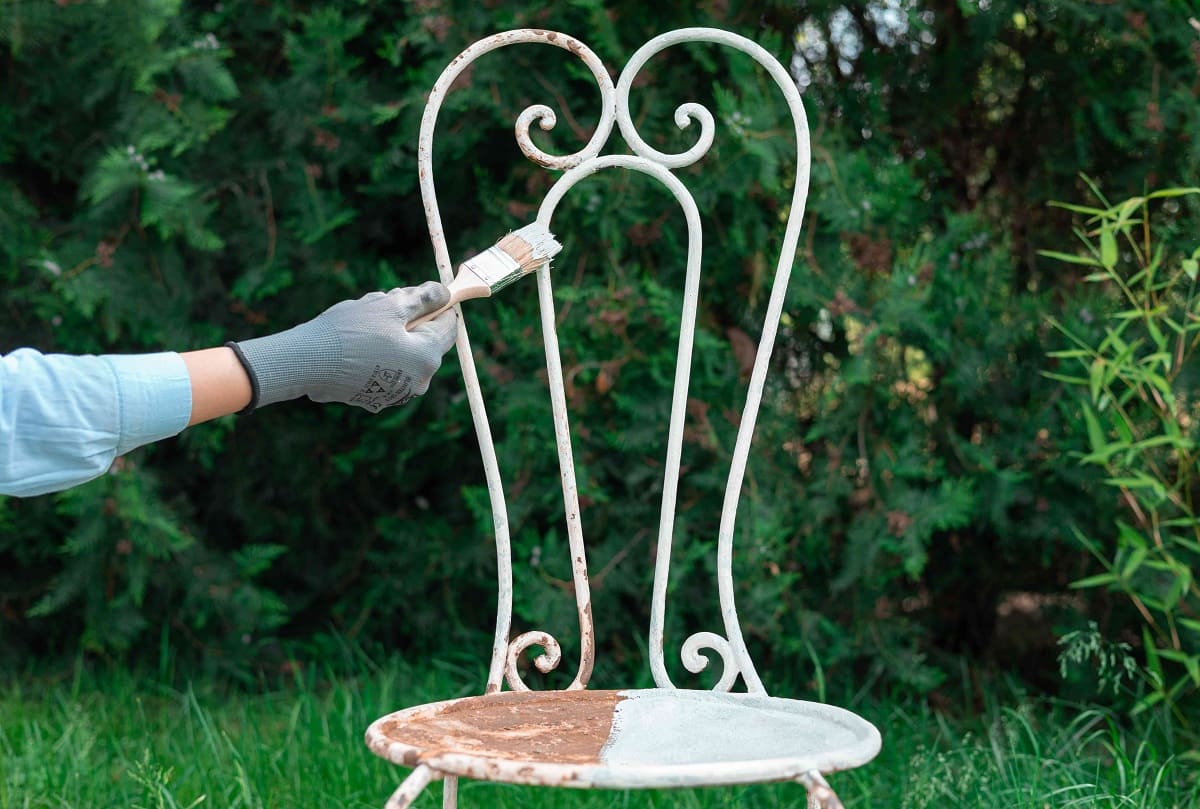


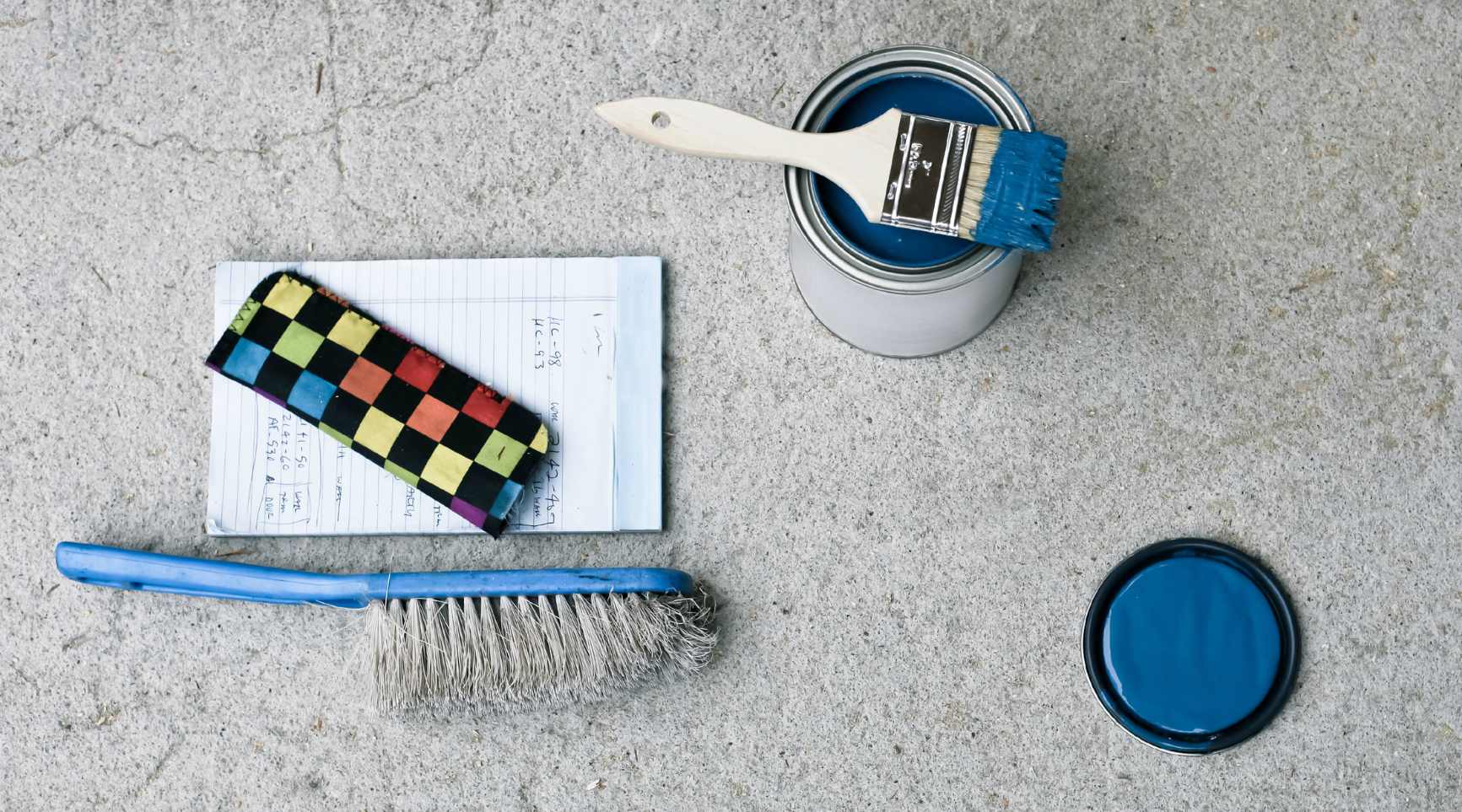
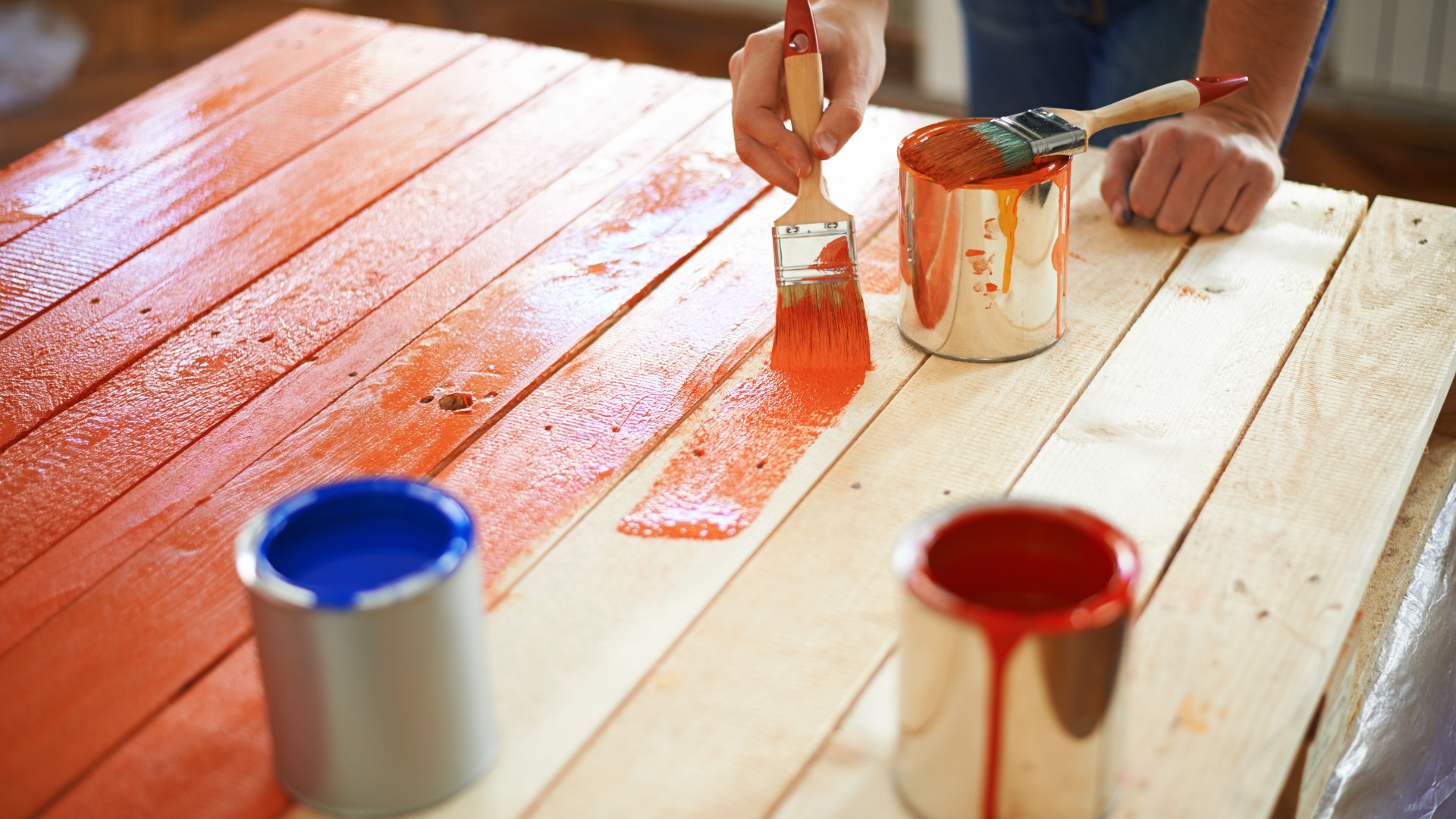
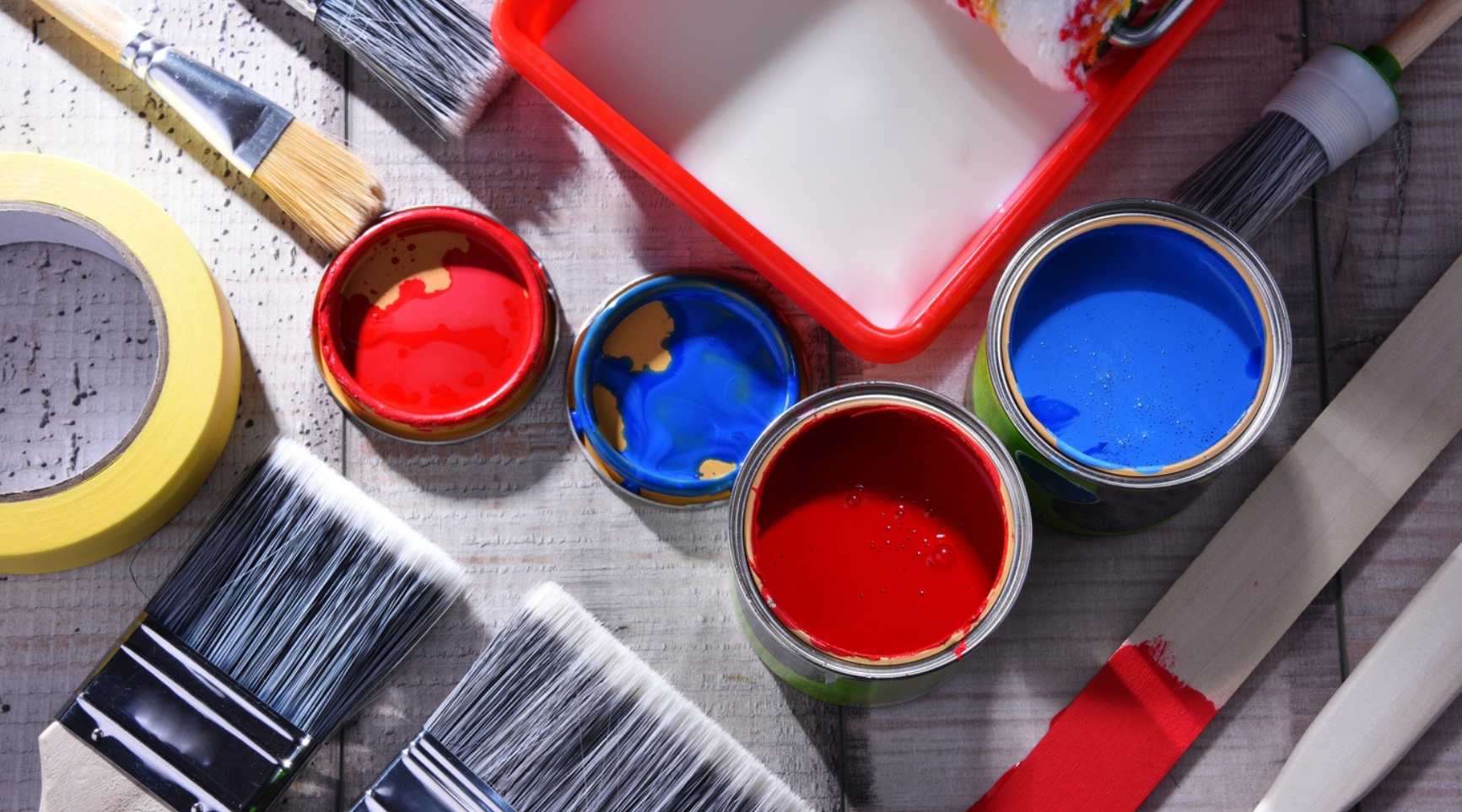
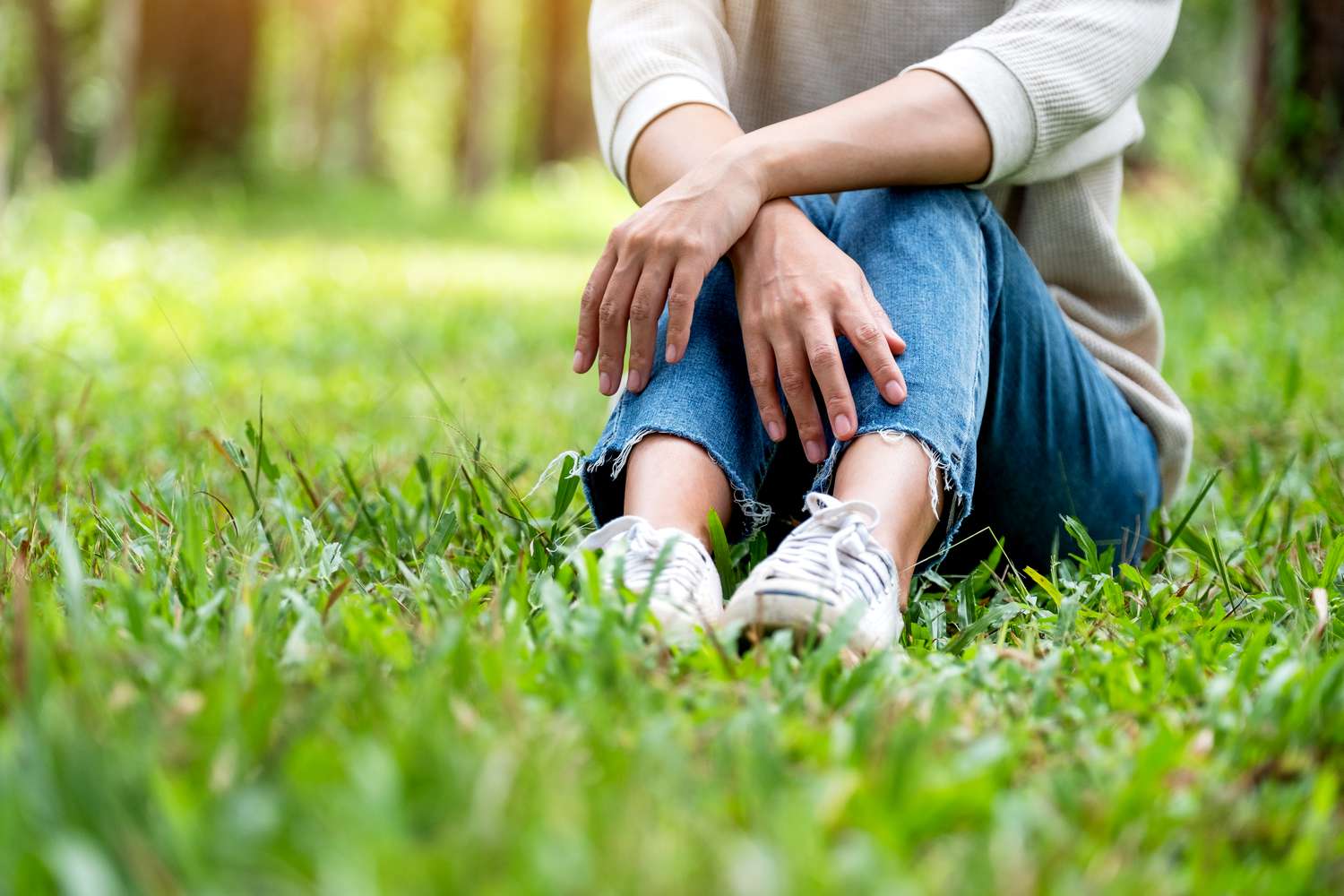
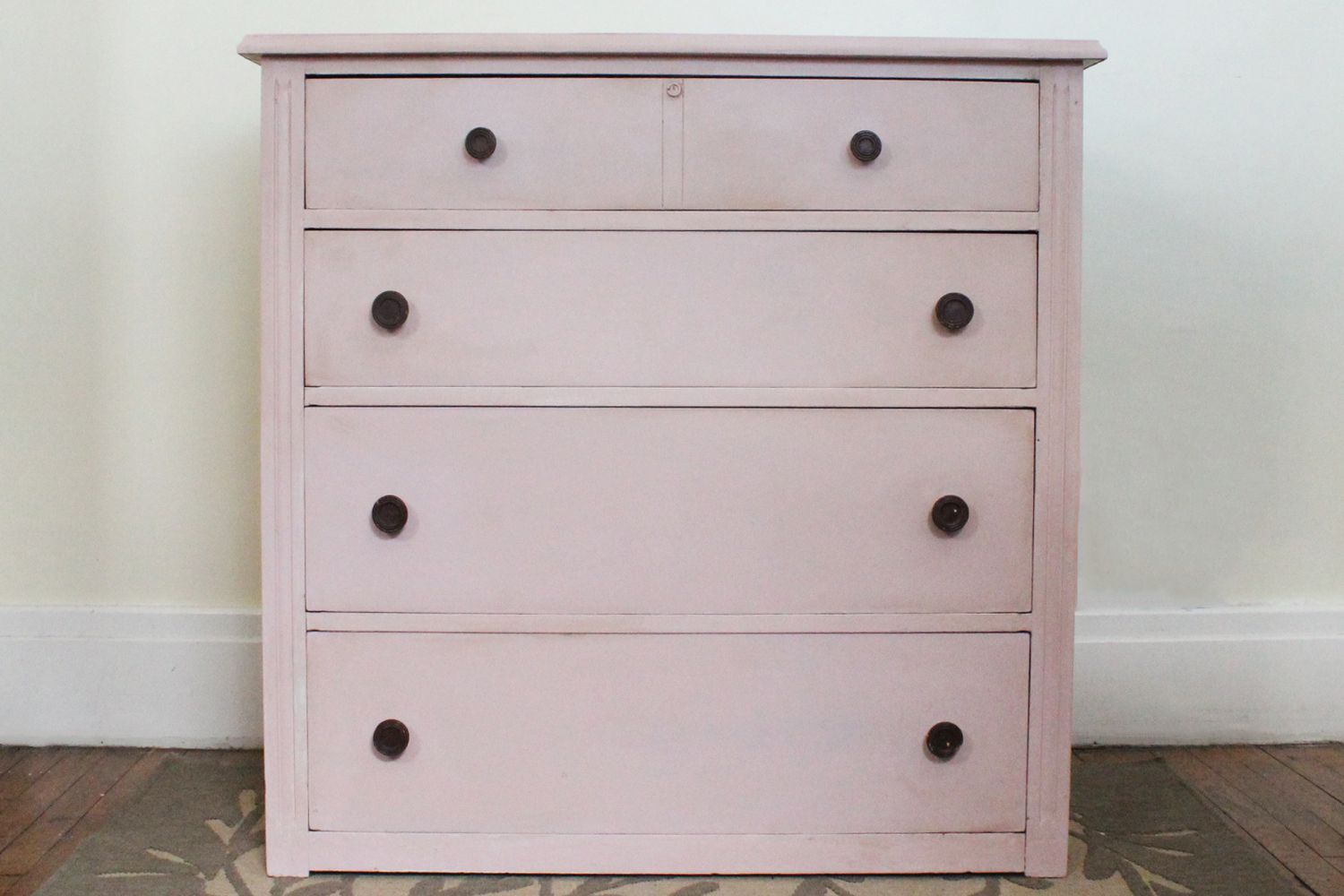
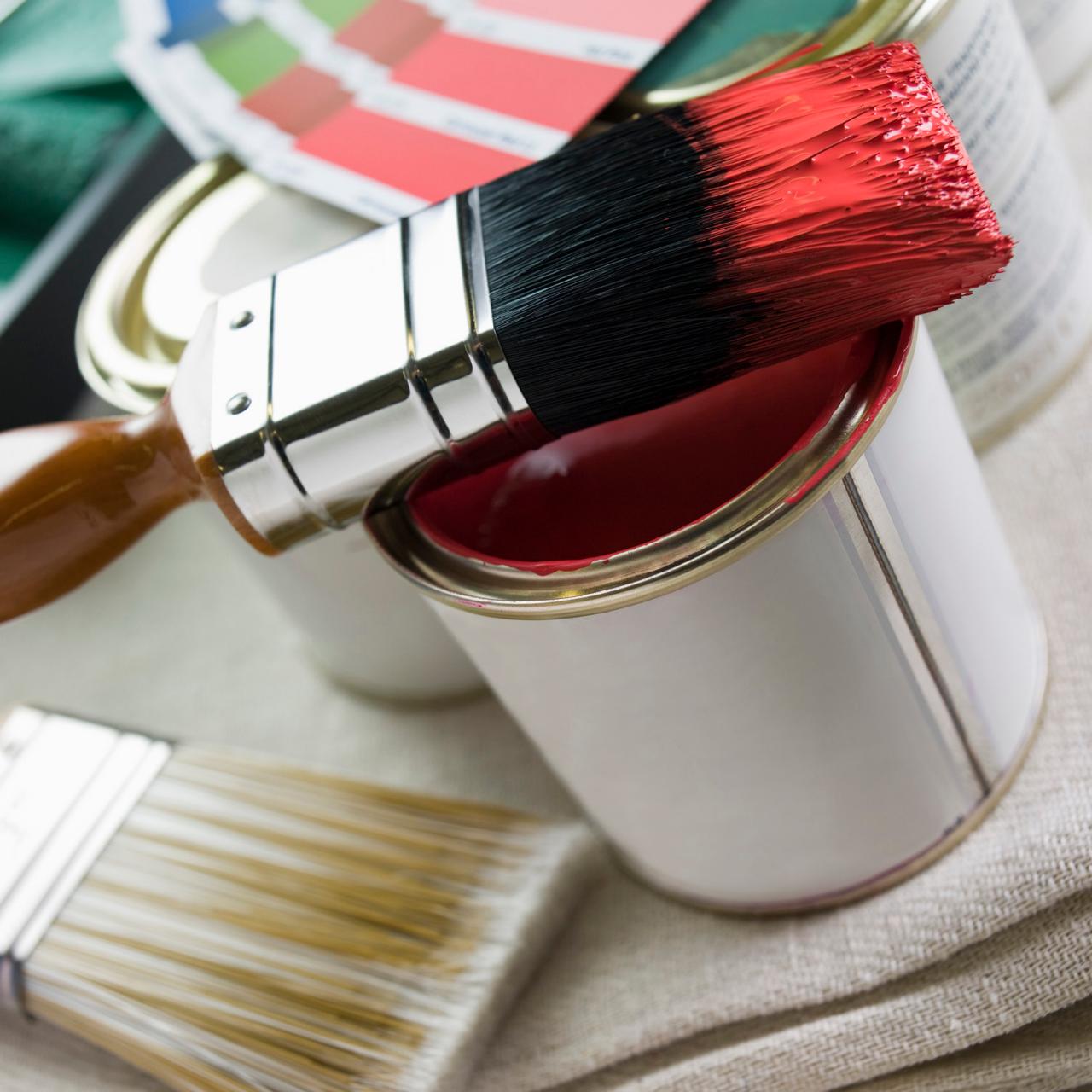
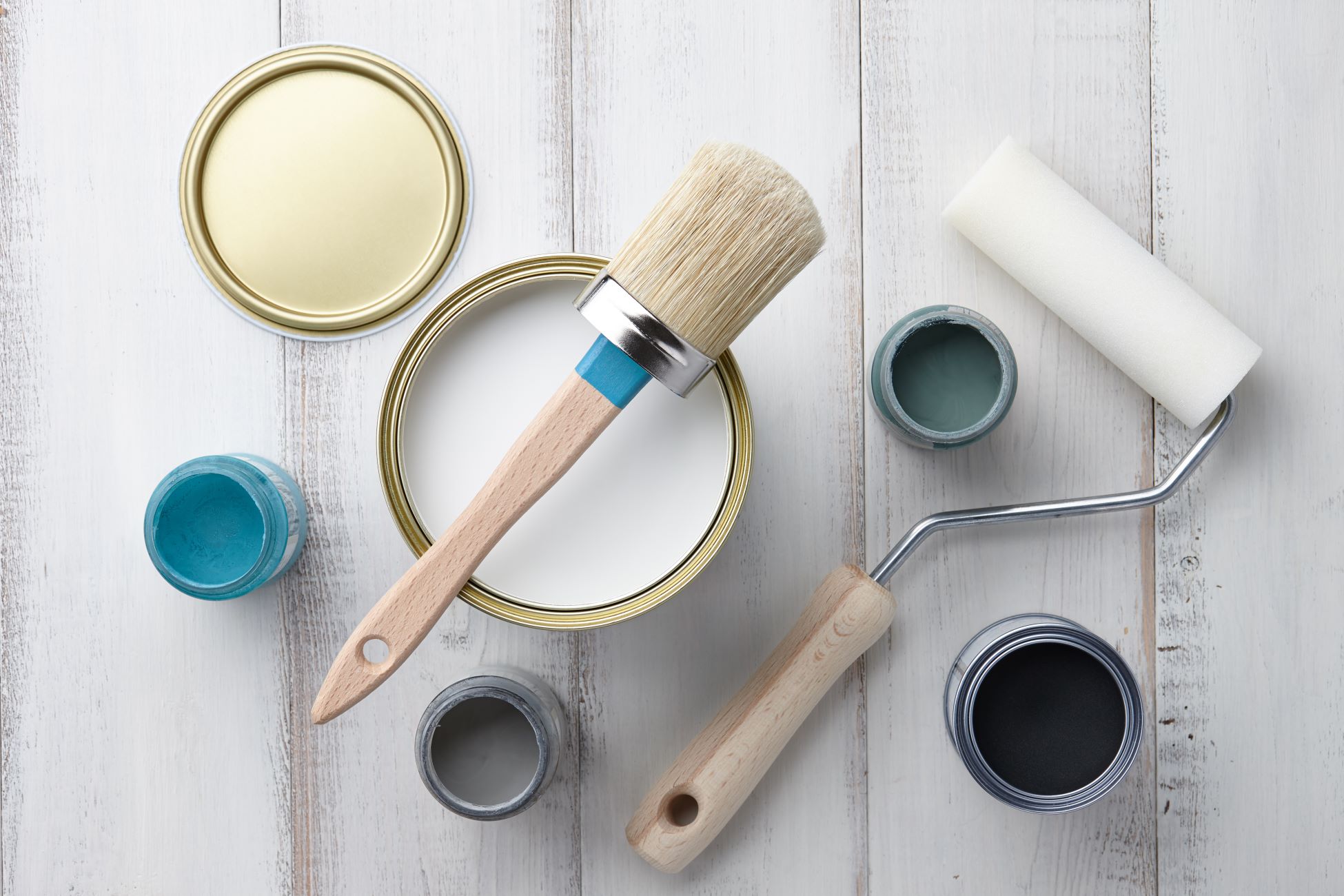
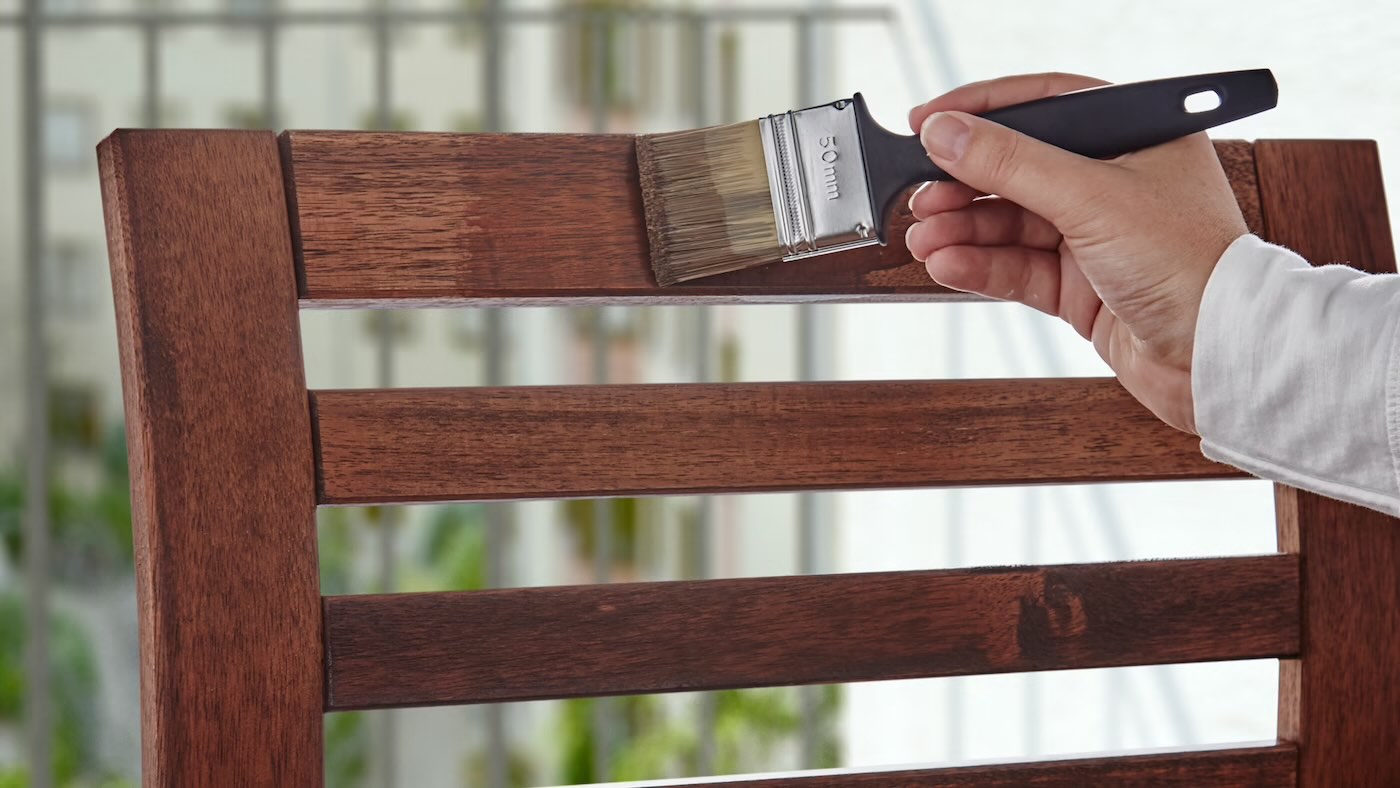
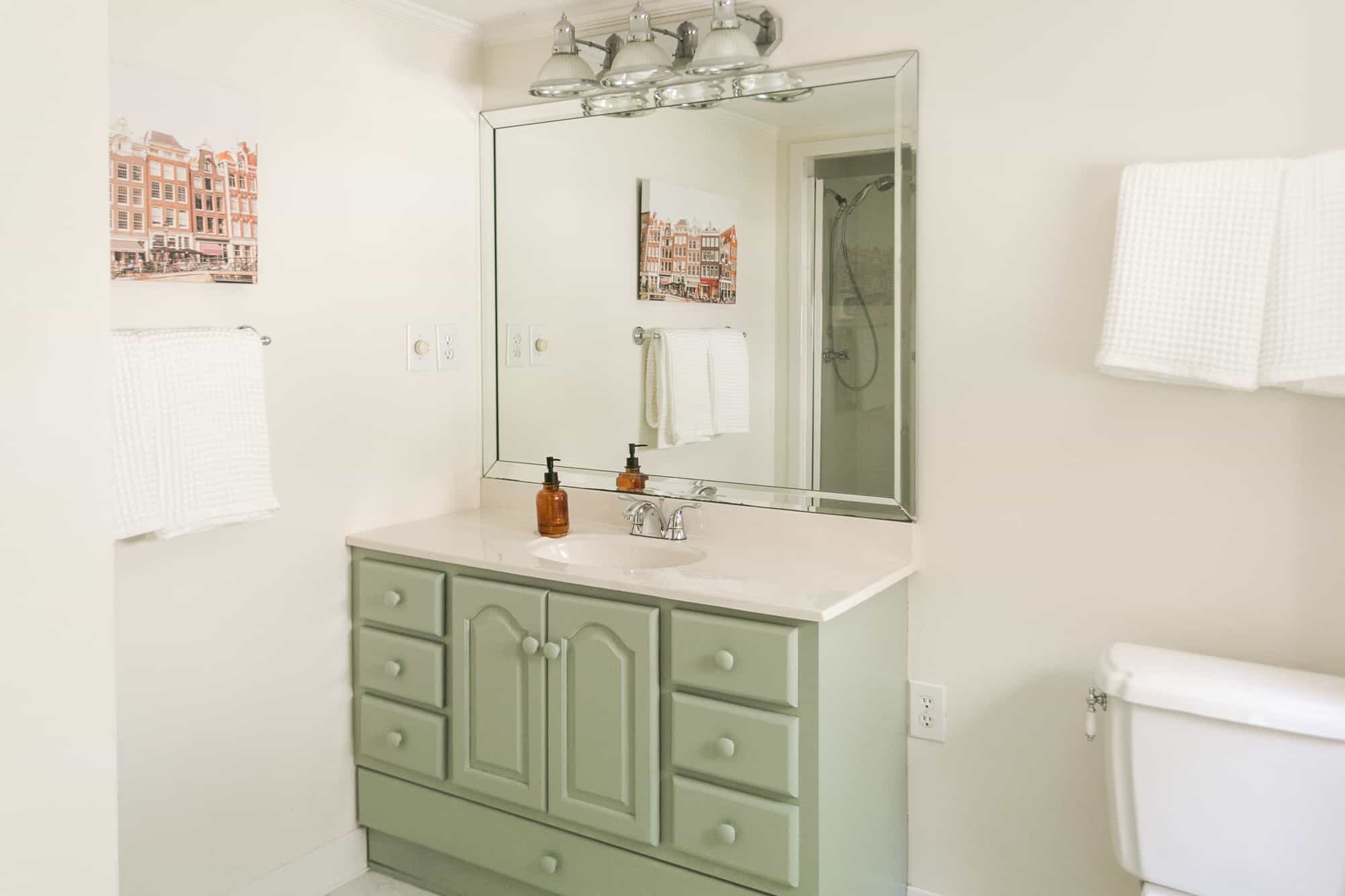
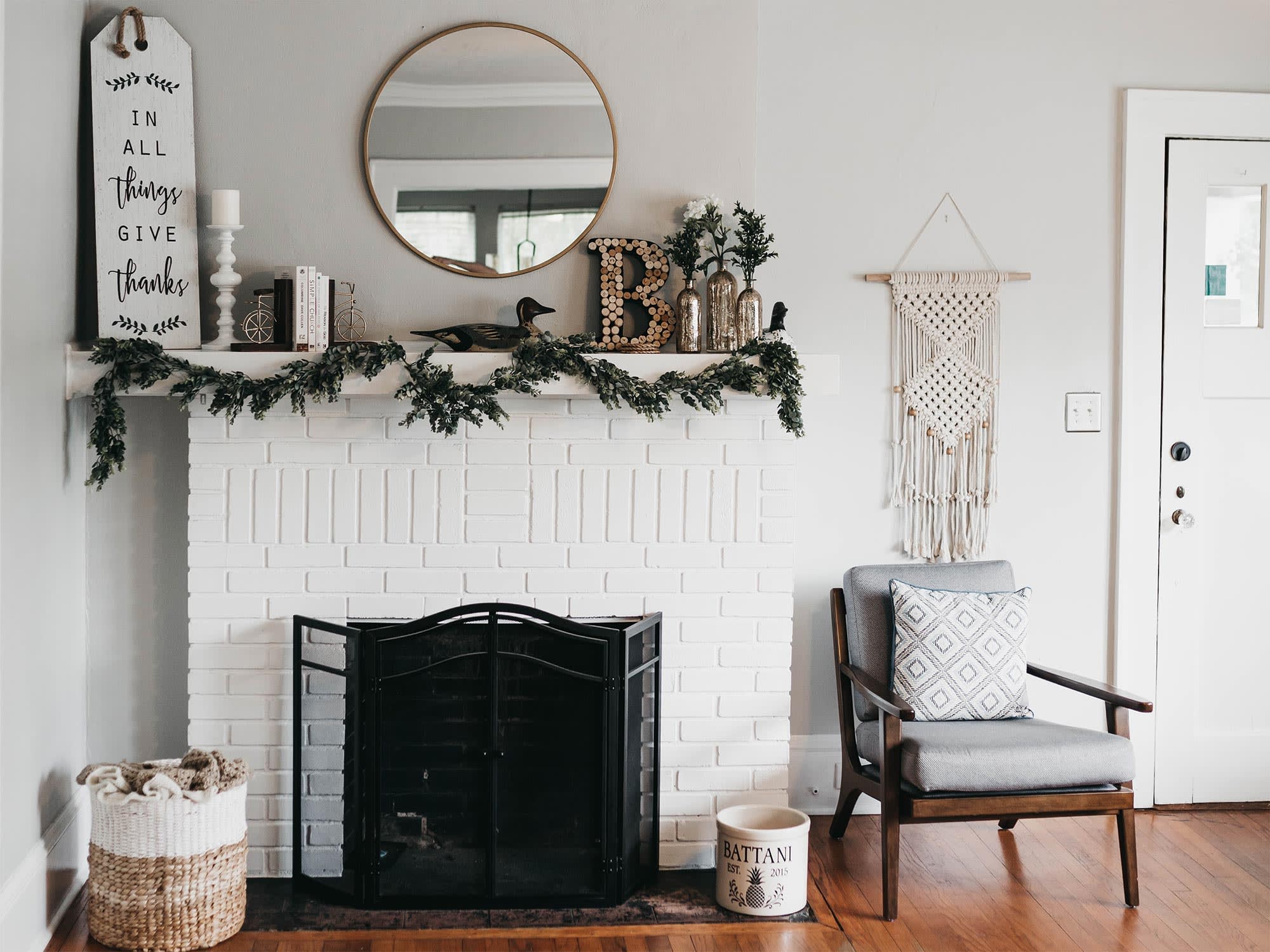

0 thoughts on “What Kind Of Paint To Use On Outdoor Furniture”